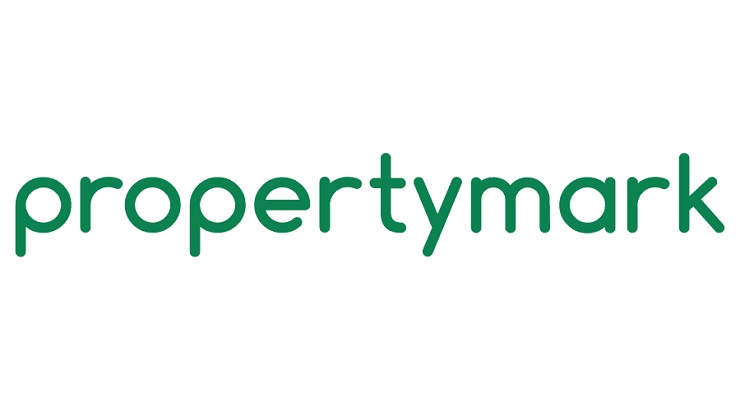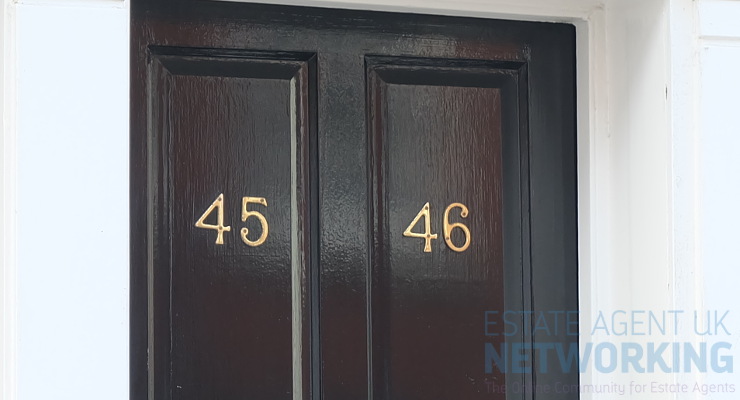Leap year house price boost could be on the cards for 2020’s homebuyers
The latest research by lettings and estate agent, Benham and Reeves, has looked at house price performance in previous leap years and what it could mean this time around for a market recovering from a prolonged period of Brexit uncertainty.
Benham and Reeves looked at the annual UK average house price each year from 1980 until today, singling out price performance in each leap year, how it compared to the previous and following year, and in the context of the decade.
The research shows that over the last four decades house prices in leap years have increased in all but two of the eight leap years within that time frame, with one decline coming in the wake of the market crash of 2007 and the other following the crash in the early 90s.
In fact, the average annual house price growth during a leap year sits at a respectable 7.3% compared to the year prior, meaning that with the average house price for 2019 finishing at £321,555, the average UK house price could hit £248,459 in 2020.
What’s more, house price growth in the year following each leap year increased at an average of 5.1%, with home buyers completing in a leap year also seeing house prices finish each respective decade at a higher value, again with the exception of just one in 2008 following the market crash.
In London, this average leap year price growth increases to 8.1% which would push the current London average to £510,799 for the current leap year of 2020. Similarly, each leap year saw prices over the following year increase by a further 5% on average.
Again, in the last 40 years, London homebuyers buying in a leap year have seen the price of their property finish the decade at a higher level than the year they bought, other than 2008 when there was a marginal decline.
Managing Director of Beham and Reeves, Anita Mehra, commented:
“Historically, house prices in leap years over the last four decades have seen pretty consistent growth on an annual basis compared to the previous year, as well as the year following, which is great for homeowners who may be thinking about selling or home buyers currently completing on a purchase.
The figures also show that aside from the market crash, purchasing a property on a leap year is almost certain to see you finish the decade in a stronger position financially than when you bought your home.
A coincidence perhaps, but it certainly looks as if history is due to repeat itself this year. We’ve just emerged from a period of muted house price growth due to political uncertainty, however, early market indicators suggest confidence is returning to the market and house prices are due to increase at a healthy rate over the coming year.
Should we see the average leap year price growth of previous years materialise, we could see the average UK house price hit nearly £250,000, climbing to over half a million in London.”
|
Area
|
Average annual price growth in each leap year
|
Average annual price growth in the following year
|
|
UK
|
7.30%
|
5.10%
|
|
London
|
8.10%
|
5.00%
|
|
UK Leap Year House Prices (Leap years marked in purple)
|
||
|
Year
|
Average House Price
|
Annual Change
|
|
1980
|
£20,268
|
|
|
1981
|
£21,431
|
5.7%
|
|
1982
|
£21,938
|
2.4%
|
|
1983
|
£24,522
|
11.8%
|
|
1984
|
£26,807
|
9.3%
|
|
1985
|
£29,143
|
8.7%
|
|
1986
|
£33,103
|
13.6%
|
|
1987
|
£38,662
|
16.8%
|
|
1988
|
£49,319
|
27.6%
|
|
1989
|
£58,877
|
19.4%
|
|
1990
|
£58,162
|
-1.2%
|
|
1991
|
£57,333
|
-1.4%
|
|
1992
|
£55,053
|
-4.0%
|
|
1993
|
£54,121
|
-1.7%
|
|
1994
|
£55,559
|
2.7%
|
|
1995
|
£55,939
|
0.7%
|
|
1996
|
£57,986
|
3.7%
|
|
1997
|
£63,085
|
8.8%
|
|
1998
|
£70,313
|
11.5%
|
|
1999
|
£77,125
|
9.7%
|
|
2000
|
£89,597
|
16.2%
|
|
2001
|
£96,892
|
8.1%
|
|
2002
|
£112,520
|
16.1%
|
|
2003
|
£130,164
|
15.7%
|
|
2004
|
£145,609
|
11.9%
|
|
2005
|
£156,236
|
7.3%
|
|
2006
|
£168,513
|
7.9%
|
|
2007
|
£185,196
|
9.9%
|
|
2008
|
£176,853
|
-4.5%
|
|
2009
|
£161,148
|
-8.9%
|
|
2010
|
£170,365
|
5.7%
|
|
2011
|
£167,888
|
-1.5%
|
|
2012
|
£168,556
|
0.4%
|
|
2013
|
£172,890
|
2.6%
|
|
2014
|
£186,770
|
8.0%
|
|
2015
|
£197,890
|
6.0%
|
|
2016
|
£211,724
|
7.0%
|
|
2017
|
£221,403
|
4.6%
|
|
2018
|
£228,360
|
3.1%
|
|
2019
|
£231,555
|
1.4%
|
|
2020*
|
£248,459
|
7.3%
|
|
*Predicted annual house price based on previous average leap year growth
|
||
|
London Leap Year House Prices
|
||
|
Year
|
Average House Price
|
Annual Change
|
|
1980
|
£25,173
|
|
|
1981
|
£26,012
|
3.3%
|
|
1982
|
£26,410
|
1.5%
|
|
1983
|
£29,667
|
12.3%
|
|
1984
|
£34,401
|
16.0%
|
|
1985
|
£39,072
|
13.6%
|
|
1986
|
£47,972
|
22.8%
|
|
1987
|
£59,143
|
23.3%
|
|
1988
|
£73,953
|
25.0%
|
|
1989
|
£79,763
|
7.9%
|
|
1990
|
£78,574
|
-1.5%
|
|
1991
|
£75,336
|
-4.1%
|
|
1992
|
£68,247
|
-9.4%
|
|
1993
|
£67,965
|
-0.4%
|
|
1994
|
£71,212
|
4.8%
|
|
1995
|
£74,721
|
4.9%
|
|
1996
|
£78,166
|
4.6%
|
|
1997
|
£89,944
|
15.1%
|
|
1998
|
£102,111
|
13.5%
|
|
1999
|
£115,686
|
13.3%
|
|
2000
|
£142,007
|
22.8%
|
|
2001
|
£159,226
|
12.1%
|
|
2002
|
£187,396
|
17.7%
|
|
2003
|
£211,101
|
12.6%
|
|
2004
|
£228,614
|
8.3%
|
|
2005
|
£235,329
|
2.9%
|
|
2006
|
£251,281
|
6.8%
|
|
2007
|
£287,114
|
14.3%
|
|
2008
|
£282,959
|
-1.4%
|
|
2009
|
£257,854
|
-8.9%
|
|
2010
|
£284,543
|
10.4%
|
|
2011
|
£290,551
|
2.1%
|
|
2012
|
£303,927
|
4.6%
|
|
2013
|
£329,168
|
8.3%
|
|
2014
|
£386,124
|
17.3%
|
|
2015
|
£425,134
|
10.1%
|
|
2016
|
£467,503
|
10.0%
|
|
2017
|
£480,247
|
2.7%
|
|
2018
|
£477,845
|
-0.5%
|
|
2019
|
£472,524
|
-1.1%
|
|
2020*
|
£510,799
|
8.1%
|
|
*Predicted annual house price based on previous average leap year growth
|
||








